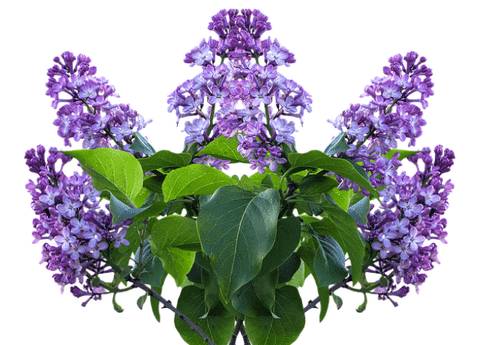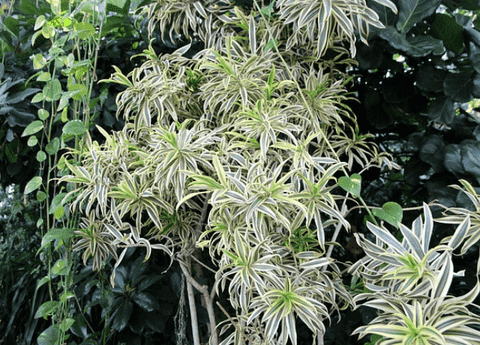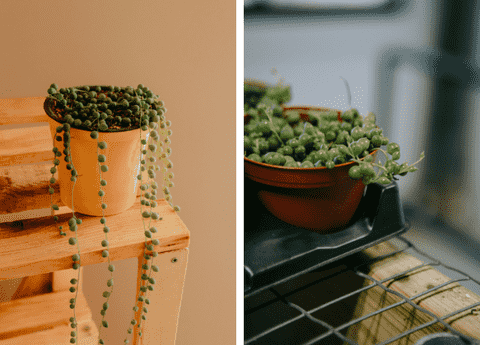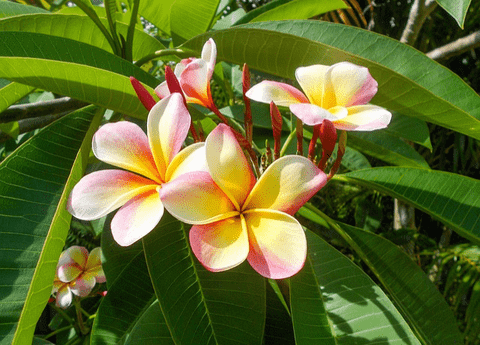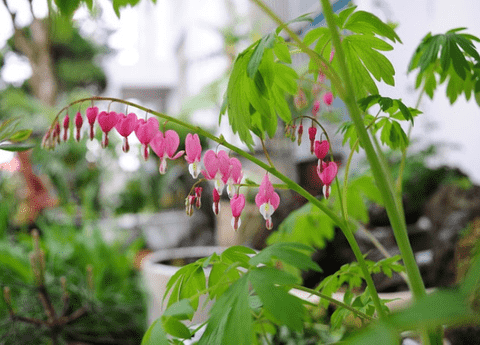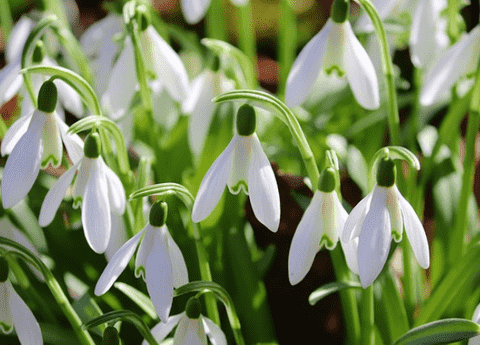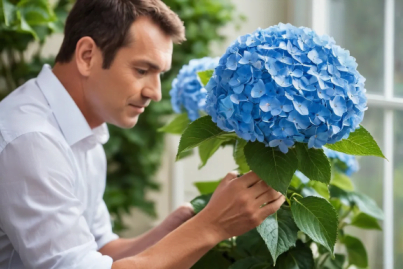Lilacs Care: Everything You Need to Know for Stunning Flowers
Table of Contents
Lilacs are beloved for their enchanting fragrance and stunning blooms that can transform any garden into a springtime paradise. With their vibrant colors ranging from deep purples to soft pinks and whites, these hardy shrubs are a favorite among both novice and experienced gardeners. However, to truly enjoy their magnificent display, understanding the essentials of lilac care is crucial. In this guide, we will delve into everything you need to know about growing and maintaining lilacs, from choosing the right location to pruning techniques and common pest management. Get ready to unlock the secrets to cultivating breathtaking lilac flowers in your garden.
Choosing the Right Lilac Variety
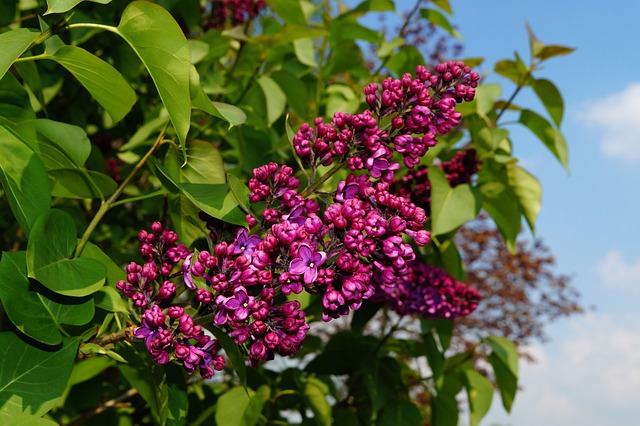
Popular Lilac Varieties
Lilacs come in a variety of species and cultivars, each offering unique colors, sizes, and characteristics. The Common Lilac (Syringa vulgaris) is perhaps the most well-known, boasting large clusters of purple flowers. For those seeking something different, the Persian Lilac (Syringa x persica) offers smaller, more delicate blooms and a compact growth habit, making it ideal for smaller gardens. The Korean Lilac (Syringa meyeri ‘Palibin’) is another favorite, known for its dwarf size and profusion of small, fragrant flowers. If you prefer a later bloom, the Japanese Tree Lilac (Syringa reticulata) provides creamy white flowers in early summer. Each variety has its own charm and can add a unique touch to your garden.
Factors to Consider
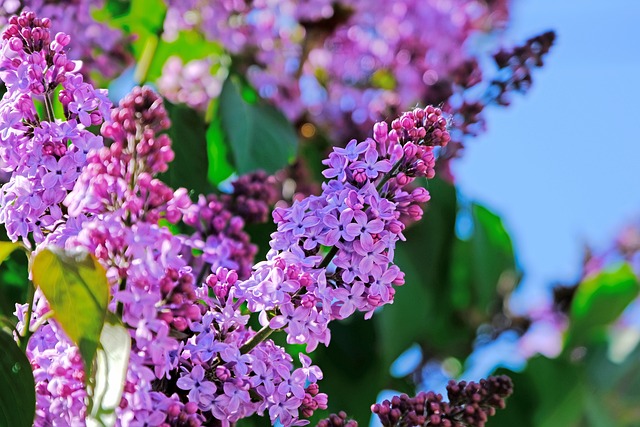
When selecting a lilac variety, several factors should be taken into account to ensure the best fit for your garden. First, consider the climate and USDA hardiness zone of your area. Most lilacs thrive in zones 3-7, but certain varieties, like the Japanese Tree Lilac, can tolerate slightly warmer climates. Next, think about the space available in your garden. Dwarf varieties are perfect for small gardens or containers, while larger species need ample room to grow. Sunlight is another crucial factor; lilacs require at least six hours of direct sunlight daily to produce abundant blooms. Soil type and drainage are equally important, as lilacs prefer well-drained, slightly alkaline soil. Finally, consider the bloom time and color preferences to complement your existing garden design. By evaluating these factors, you can select the perfect lilac variety to thrive in your garden environment.
Best Lilac for Your Garden
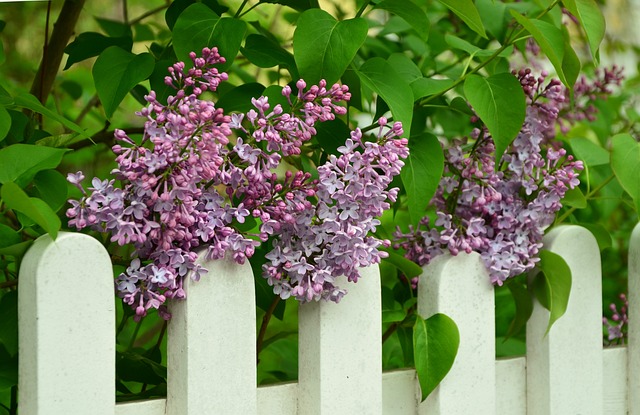
Choosing the best lilac for your garden involves matching the plant’s characteristics with your specific needs and conditions. If you have limited space, consider the Dwarf Korean Lilac (Syringa meyeri ‘Palibin’), which grows to a manageable height and spreads less than traditional varieties. For gardeners in warmer climates, the Japanese Tree Lilac (Syringa reticulata) is an excellent choice, as it tolerates heat better and provides beautiful white blooms. If fragrance is your priority, opt for the Common Lilac (Syringa vulgaris), renowned for its strong, sweet scent. For a splash of unique color, the Charles Joly (Syringa vulgaris ‘Charles Joly’) offers stunning double magenta flowers. Assess your garden’s sunlight, soil conditions, and available space to find the lilac that will thrive best in your environment. By making an informed decision, you can enjoy a stunning display of lilac blooms each spring.
Planting and Soil Preparation
Ideal Planting Time
The best time to plant lilacs is either in the early spring or the fall, giving the roots ample time to establish before extreme weather conditions set in. Planting in early spring, just after the ground thaws, allows the lilac to take advantage of the growing season’s mild temperatures and consistent moisture. Conversely, fall planting should occur at least six weeks before the first expected frost to enable root development. Avoid planting lilacs during the peak of summer or winter, as extreme temperatures can stress the plants and hinder their growth. Timing your planting correctly ensures that your lilac shrubs have the best chance to thrive and produce vibrant blooms. Proper planting time, combined with the right soil preparation and care, lays a solid foundation for healthy, flourishing lilacs in your garden.
Preparing the Soil
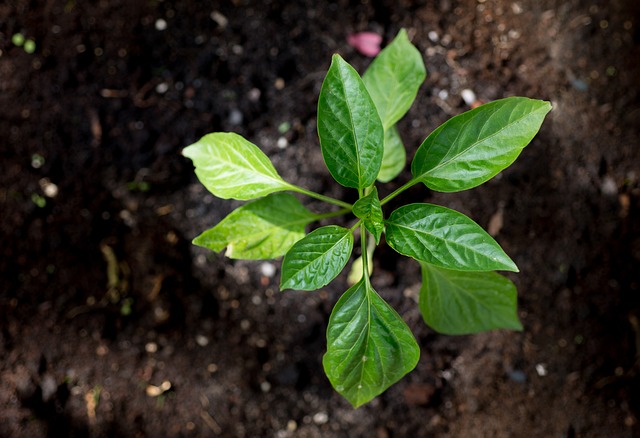
Preparing the soil properly is crucial for the successful growth of lilacs. Lilacs prefer well-drained, slightly alkaline soil with a pH level between 6.5 and 7.5. Start by testing your soil’s pH and adjusting it if necessary; adding lime can increase alkalinity. Good drainage is essential, as lilacs do not thrive in waterlogged conditions. To enhance drainage, try adding organic matter like compost or well-rotted manure to the soil. This not only improves drainage but also enriches the soil with vital nutrients. Dig a hole that is twice as wide and just as deep as the root ball of the lilac shrub. Loosen the soil at the bottom of the hole to make it easier for roots to establish themselves. Proper soil preparation ensures that your lilacs have a strong start, leading to healthier plants and more abundant blooms over time.
Proper Planting Techniques
Proper planting techniques are vital to giving lilacs the best chance to flourish. Begin by placing the root ball in the prepared hole, ensuring the top of the root ball is level with the ground surface. If the lilac is planted too deep, it can struggle to establish and grow. Fill the hole halfway with soil, then water thoroughly to eliminate air pockets. Continue adding soil until the hole is filled, and gently tamp it down to secure the plant. Water again to help the soil settle. It’s essential to maintain a space of at least 5 to 15 feet between lilac shrubs, depending on the variety, to ensure proper air circulation and room for growth. Finally, apply a layer of mulch around the base of the plant to retain moisture and suppress weeds, but keep it a couple of inches away from the trunk to prevent rot. Proper planting sets the stage for robust and healthy lilac growth.
Lilac Maintenance and Care
Watering Tips
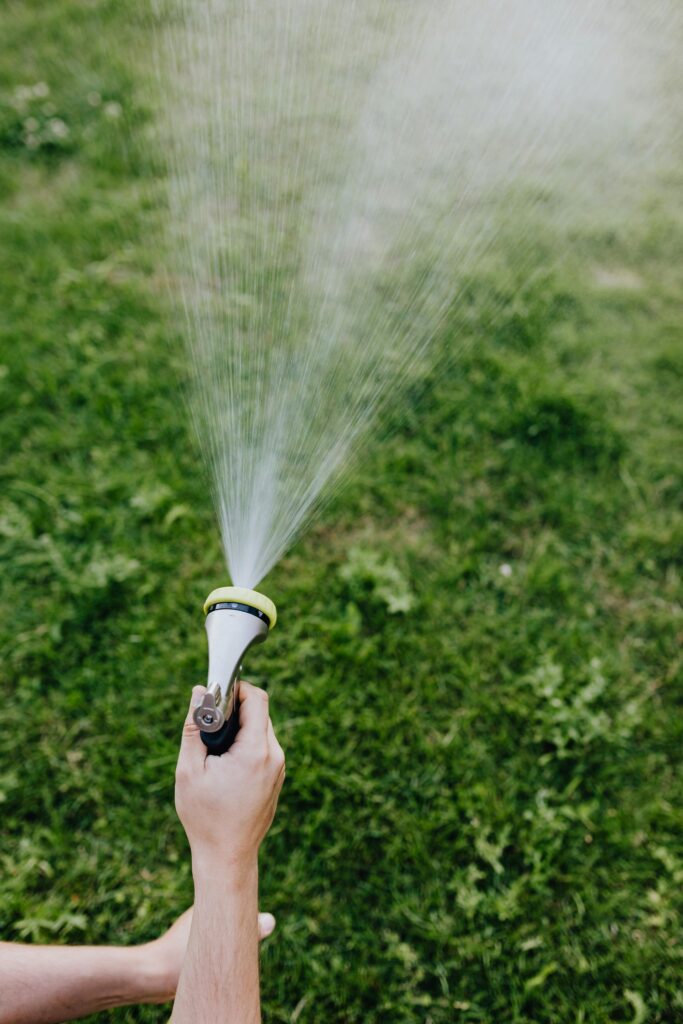
Proper watering is crucial for the health and blooming of lilacs. Newly planted lilacs need consistent moisture to establish their roots, so water them thoroughly at least once a week during dry spells. Mature lilacs are more drought-tolerant but still benefit from regular watering, especially during prolonged dry periods. The aim is to maintain soil that is consistently moist but not overly saturated. Watering deeply, rather than frequently and shallowly, promotes deeper root development. To achieve this, water the base of the plant slowly and deeply, allowing the water to penetrate the soil. Mulching around the base of the plant helps retain moisture and reduce the frequency of watering. However, avoid overwatering, as lilacs are susceptible to root rot if the soil remains too wet. By following these watering tips, you can promote healthy growth and abundant blooms in your lilac shrubs.
Pruning for Health
Pruning is essential for maintaining the health and vigor of lilac shrubs. The best time to prune lilacs is right after they finish blooming in late spring or early summer. This timing ensures that you don’t remove next year’s flower buds, which form shortly after the current season’s blooms fade. Start by removing any dead, damaged, or diseased branches to improve air circulation and prevent pest infestations. Next, thin out crowded areas by cutting some of the oldest stems back to the ground. This encourages new growth and allows sunlight to penetrate the center of the shrub. Aim to remove about one-third of the older stems each year to keep the plant rejuvenated. Additionally, trimming spent flower clusters can help the plant redirect energy into growth and the next season’s blooms. Regular pruning not only promotes better flowering but also keeps your lilac shrub healthy and attractive.
Pest and Disease Management
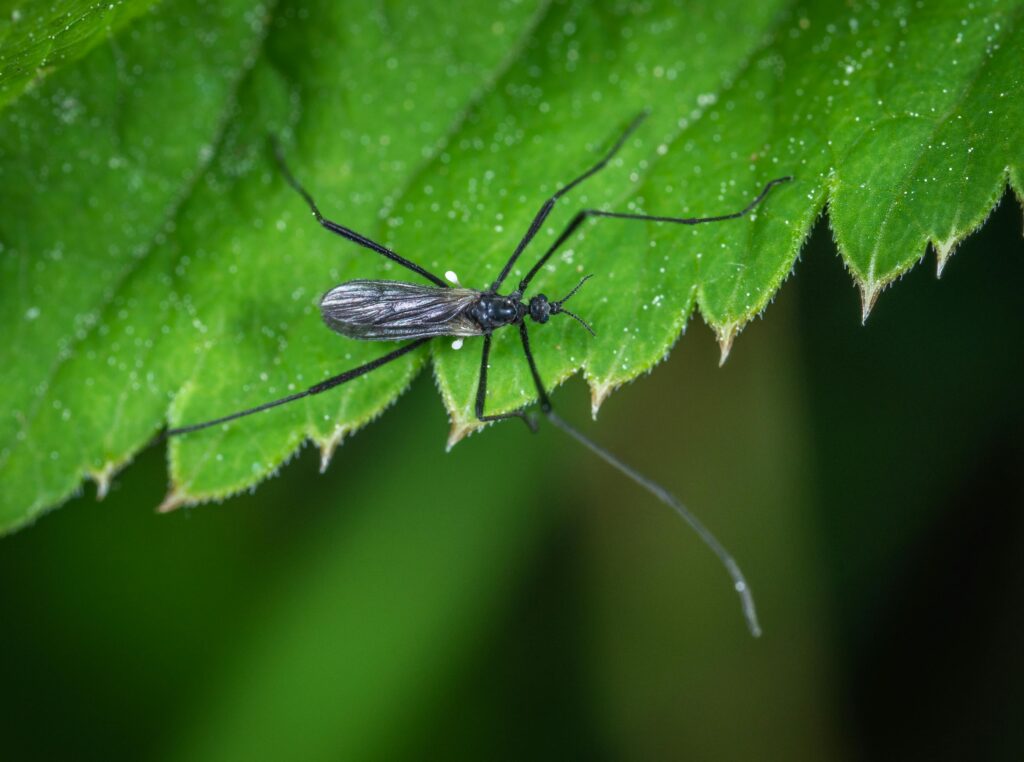
Effective pest and disease management is crucial to maintaining healthy lilacs. Common pests that affect lilacs include aphids, scale insects, and borers. Regularly inspect your lilacs for signs of infestation, such as distorted leaves, sticky residue, or holes in the stems. For minor infestations, a strong spray of water can dislodge pests, while more severe cases may require insecticidal soap or horticultural oil. Lilacs are also susceptible to diseases like powdery mildew, Bacterial blight, and leaf spot are common issues for lilacs. Ensuring good air circulation through proper spacing and pruning can minimize the risk of fungal diseases. If you notice signs of disease, such as white powdery growth or blackened stems, remove and dispose of the affected parts promptly. In severe cases, applying a fungicide might be necessary. By staying vigilant and taking proactive measures, you can effectively manage pests and diseases, ensuring your lilacs remain healthy and vibrant.

